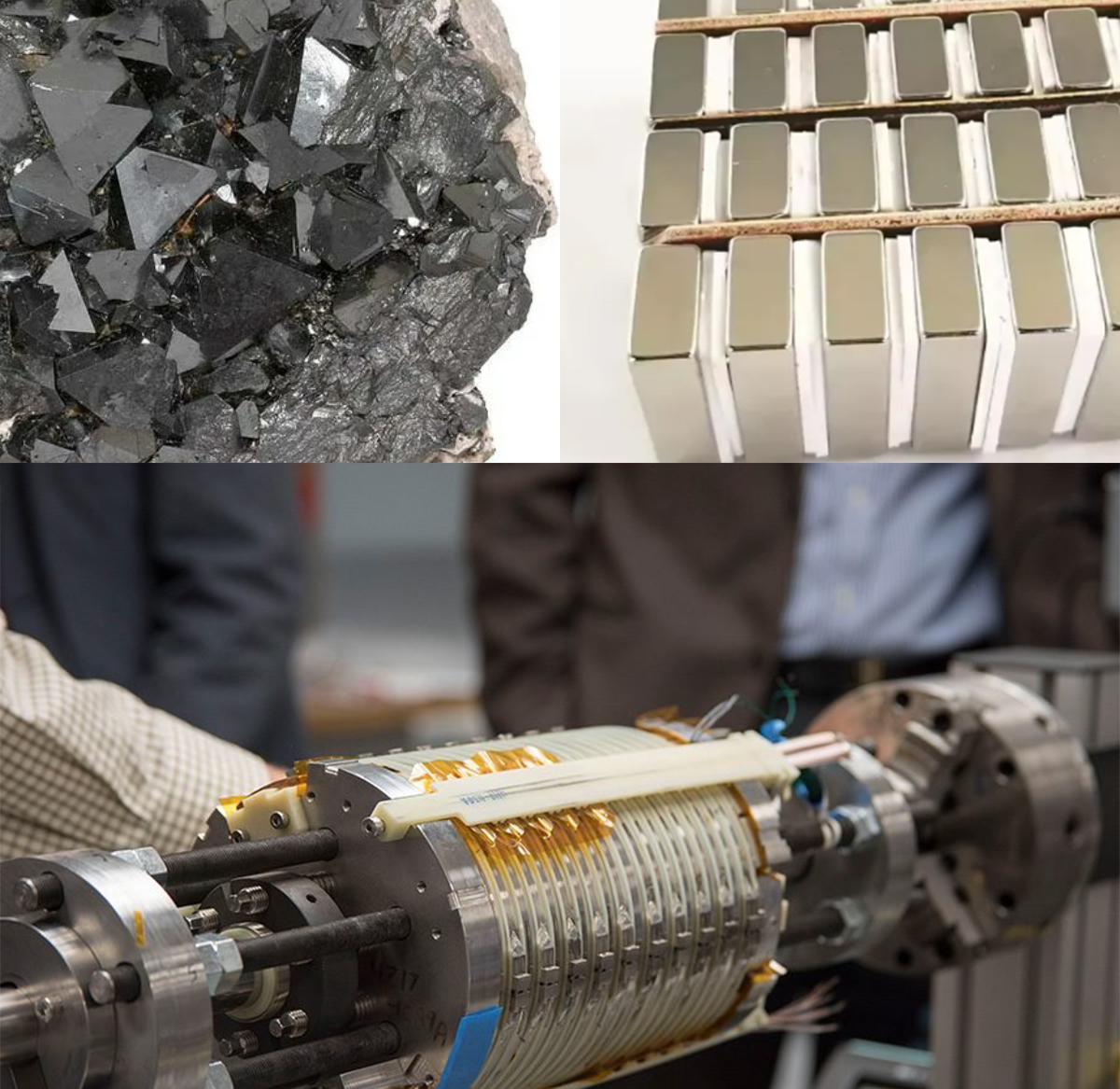What Is the Strongest Magnet
What Is the Strongest Magnet in the World
When we talk about the strongest magnet, it’s worth asking: “Strongest how?” Do we mean naturally occurring magnets? Man-made permanent magnets? Or gigantic electromagnets built in labs to bend the laws of physics? Let’s walk through the contenders and what makes each one unique.

1. The Strongest Natural Magnet: Magnetite
The title of the strongest natural magnet goes to magnetite—a form of iron oxide (Fe₃O₄). It's what ancient civilizations used to discover magnetism, and it's still found in rocks and even some migratory animals. But as strong as it is in nature, magnetite is no match for what modern science can produce.
2. The Strongest Permanent Magnet: Neodymium Magnets
When it comes to commercially available magnets, neodymium magnets (NdFeB) are the strongest permanent magnets you can get your hands on.
Neodymium magnets are composed of a combination of neodymium, iron, and boron, forming the compound Nd₂Fe₁₄B. They can produce magnetic field strengths of up to 1.4 teslas at the surface. Their maximum energy product can reach as high as 52 Mega Gauss Oersteds (MGOe), making them the most powerful permanent magnets available commercially.
These are the tiny but powerful magnets used in everything from electric motors to hard drives, headphones, and even MRI machines. Just a coin-sized neodymium magnet can snap a screwdriver out of your hand—or pinch your fingers hard enough to bruise.
3. The Strongest Electromagnet: Bitter and Hybrid Magnets
If you want to go even stronger, electromagnets are where things get extreme.
The National High Magnetic Field Laboratory (MagLab) in Florida currently holds the world record for the strongest continuous magnetic field generated by a magnet. This magnet reaches a field strength of 45 teslas and is classified as a hybrid magnet, which means it combines superconducting coils with resistive coils to achieve such an intense and stable magnetic field.
That’s about 30,000 times stronger than a refrigerator magnet, and strong enough to tear the iron out of your blood if you got too close (not literally, but you wouldn’t want to risk it).
These monsters are used for serious science—like probing quantum materials, studying the structure of proteins, or peering into the strange behavior of electrons at nearly absolute zero.
4. The Strongest Magnetic Field Ever Produced
If we’re talking raw, momentary magnetic strength, the crown goes to pulsed magnets and high-energy experiments.
In 2018, scientists in Japan created a field of 1200 teslas—but only for about 100 microseconds. The magnet actually destroyed itself in the process. This was done using an ultra-fast pulse discharge into a specially designed coil (and a bit of controlled destruction).
What Is the Strongest Neodymium Magnet
When we talk about the “strongest” neodymium magnet, we’re really talking about its grade—a number that tells us how much magnetic energy the material can store.
N52 is currently the highest grade of neodymium magnet available on the commercial market. In this designation, the “N” stands for neodymium, while the number refers to the magnet’s maximum energy product, measured in Mega Gauss Oersteds (MGOe). An N52 magnet has an energy product of approximately 52 MGOe, meaning it delivers more magnetic energy per unit volume than any other grade of neodymium magnet.
Here list the properties of Common Neodymium Grades:
Note:
- Higher grade = stronger magnetic field, assuming the magnets are the same size.
- Higher grades can be more brittle and sensitive to heat. N52 magnets, for example, lose strength at relatively low temperatures.
- For high-heat environments, lower grades like N35H or N42SH are better suited (the letters indicate heat resistance).
How to Measure the Magnet Strength of Neodymium Magnets
Measuring the strength of neodymium magnets is essential for applications ranging from industrial machinery to consumer electronics. The primary methods for assessing this strength are measuring the magnetic field intensity and evaluating the pull force.
1. Measuring Magnetic Field Strength
The magnetic field strength of a neodymium magnet is typically measured using a Gaussmeter or Tesla meter. These instruments employ Hall effect sensors to detect the magnetic flux density at specific points near the magnet's surface. The readings are usually expressed in units of Gauss or Tesla, with 1 Tesla equating to 10,000 Gauss.
When using a Gaussmeter:
- Place the sensor probe at a designated point on the magnet's surface, commonly at the center of the pole face.
- Ensure the probe is perpendicular to the surface for accurate measurement.
- Record the magnetic field strength displayed by the device.
2. Evaluating Pull Force
The pull force of a magnet refers to the amount of force required to detach it from a ferromagnetic surface. This metric is vital for understanding the magnet's holding or lifting capacity.
To measure pull force:
- Attach the magnet to a flat, clean ferromagnetic surface.
- Use a force gauge or spring scale to apply a perpendicular force to the magnet.
- Gradually increase the force until the magnet detaches, noting the maximum force applied.
The measured force, typically expressed in Newtons or kilograms-force, indicates the magnet's holding strength under ideal conditions.
3. Considerations for Accurate Measurement
Surface Conditions: Ensure that the contact surfaces are clean and free from debris, as contaminants can affect measurement accuracy.
Temperature: Magnetic properties can vary with temperature; conduct measurements at consistent temperatures to ensure reliability.
Magnet Shape and Size: The geometry of the magnet influences its magnetic field distribution and pull force; take this into account when interpreting results.
Conclusion
So, what have we learned?
- The strongest natural magnet is magnetite, but it’s relatively weak.
- The strongest permanent magnet available today is the N52 neodymium magnet, with a surface field of up to 1.4 teslas.
- The strongest magnet in the world, period, is a hybrid electromagnet at MagLab, producing 45 teslas continuously.
- The strongest magnetic field ever was a fleeting 1200 teslas, created by a pulsed magnet in a lab.
When it comes to real-world power, neodymium magnets are the champions of industry, science, and technology. Whether you're building a drone motor, designing a loudspeaker, or conducting cutting-edge research, they offer unmatched strength in a compact form.
Reference:
[1] Kristen Coyne (2017, December 14). National MagLab's latest magnet snags world record, marks new era of scientific discovery. Retrieved May 22, 2025, from https://phys.org/news/2017-12-national-maglab-latest-magnet-snags.html














